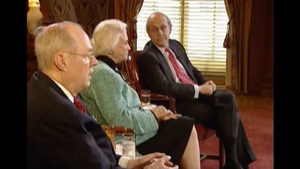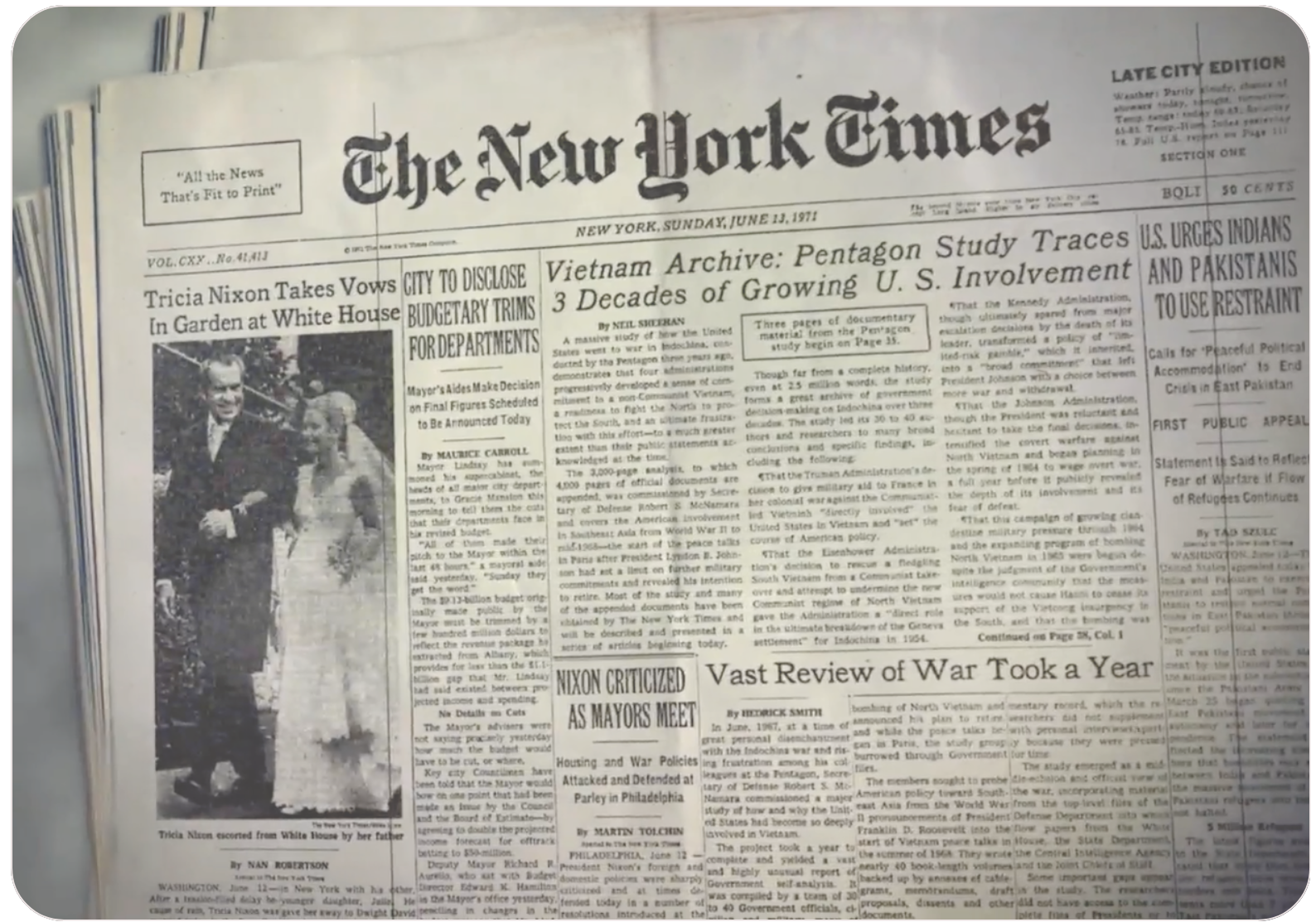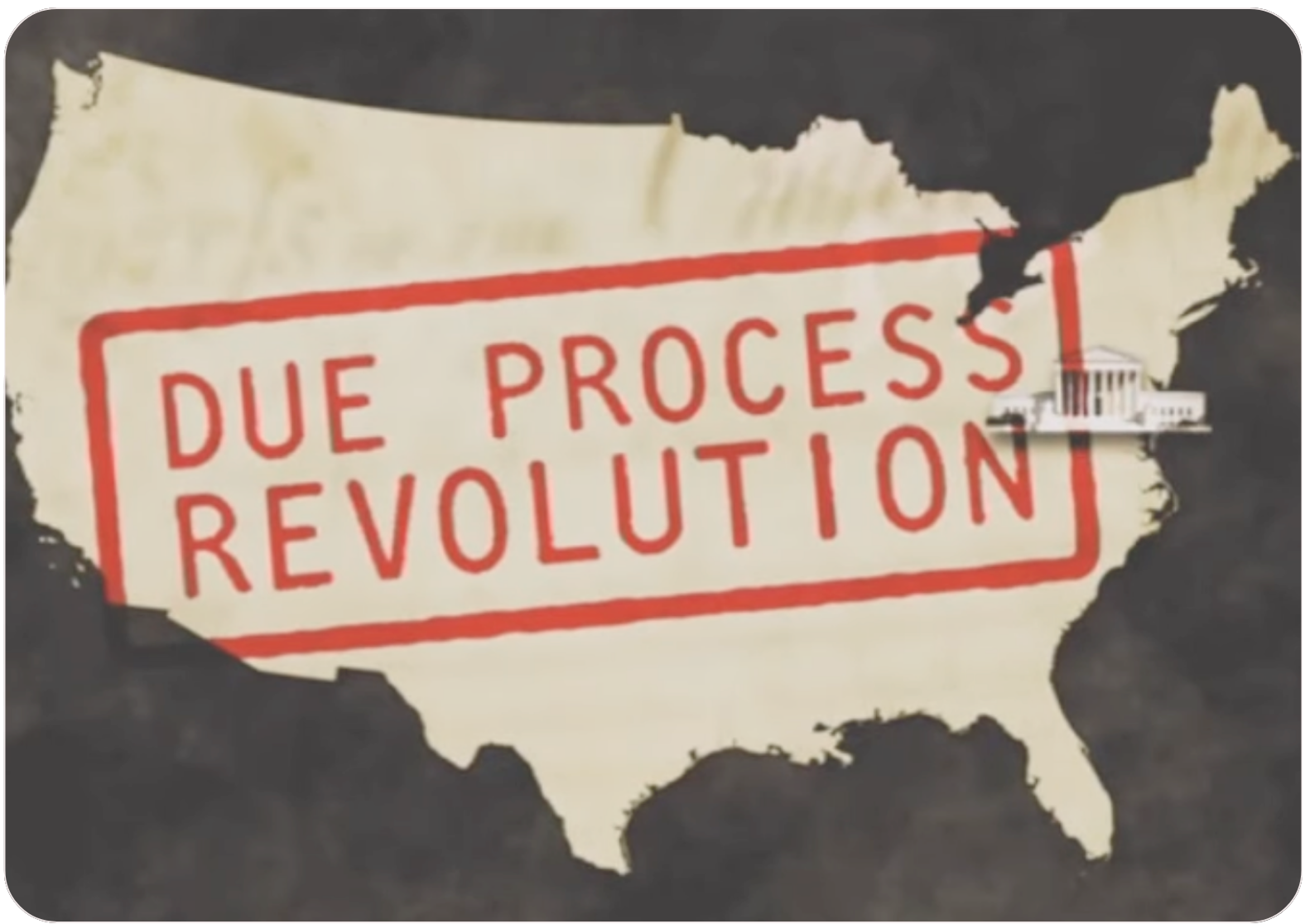This lesson explains the structure and function of the judicial branch. Students will learn how the Supreme Court originated, how cases are selected, and why it is an important institution.
One School’s Fight: The Making of a Law
Through this lesson, students will learn about the dynamic interconnections of people, principles, and process that are involved in making federal laws.
Further Reading
This resource is a bibliography for those interested in reading more about the rights and responsibilities of citizens enumerated in the Constitution.
Museums and Historic Sites Related to the Constitution
This page provides a list of historic sites and museums related to the Constitution, as well as what resources visitors will find at each location.
Websites
The American Presidency- Sponsored by Grolier Online, an educational portal drawing from Grolier’s various encyclopedias, this site provides information about American Presidents, Vice Presidents, Presidential candidates, and Presidential elections.
Glossary
Advice and consent: Article II provides that Presidents may nominate judges and high-level executive branch officers and negotiate treaties with the “Advice and Consent of the Senate.”
Appendix 2
Supreme Court Decisions that Shaped the Constitution- Judicial Review: Marbury v. Madison (1803). On the last night of his Presidency, John Adams appointed a number of Federalists to office, just before Thomas Jefferson and the Democratic-Republicans assumed power.
Appendix 1
Delegates to the Constitutional Convention- Connecticut: Oliver Ellsworth (1745–1807) was born in Windsor, Connecticut. He attended Yale, graduated from the College of New Jersey (which later became Princeton), and studied law. He served in the Connecticut General Assembly, and the Continental Congress.
Twenty-seventh Amendment (1992)
The Twenty-seventh Amendment prevents any congressional pay raise from going into effect until after the voters have been able to cast ballots in the next election, registering their approval or disapproval. With the voters in mind, legislators were likely to be more cautious about increasing their own salaries.
Twenty-sixth Amendment (1971)
The unpopularity of the military draft during the Vietnam War raised questions about why young men between eighteen and twenty-one should be qualified to fight for their country but not to vote for the leaders who made decisions about war and peace. The Twenty-sixth Amendment lowered the voting age to eighteen.
Twenty-fifth Amendment (1965)
Following the assassination of President John F. Kennedy in November 1963, Vice President Lyndon B. Johnson became President, and the office of Vice President sat vacant for more than a year until the next election. The Twenty-fifth Amendment was then passed to allow the President to appoint a Vice President if that office becomes vacant, subject to a vote of approval by the House and Senate.
Twenty-fourth Amendment (1964)
Although the Fifteenth Amendment prohibited voting discrimination on account of race, many southern states enacted laws to make it difficult for African Americans to vote. The Twenty-fourth Amendment was designed to address one particular injustice, the poll tax.
Twenty-third Amendment (1961)
As a federal district, the capital had neither an elected local governor nor the right to vote in national elections. At the same time, District residents had all the responsibilities of citizenship. The Twenty-third Amendment did not make Washington, D.C., a state, but did grant its citizens the right to vote in Presidential elections and it allotted the District the number of electors it would have had if it were a state.
Twenty-second Amendment (1951)
Nothing in the original Constitution limited the number of terms that a President could serve, but the nation’s first President, George Washington, set a precedent by declining to run for a third term, suggesting that two four-year terms were enough for any President.
Twentieth Amendment (1933)
March 4 was initially chosen as the date a new President, Vice President, and Congress took office, because there needed to be time to travel to the capital and for the new representatives and senators to settle their affairs at home before sitting as a Congress. As transportation and communications improved, this meant that the departing Congress and President remained in office for an unnecessarily long time.
Annenberg Public Policy Center
The Annenberg Public Policy Center of the University of Pennsylvania has been the premier communication policy center in the country since its founding in 1993.
Freedom of the Press: New York Times v. United States
This documentary examines the First Amendment’s protection of a free press as well as the historic origins of this right and the ramifications of the landmark ruling in New York Times v. United States, the Pentagon Papers case, in which the U.S. Supreme Court ruled that prior restraint is unconstitutional.
The Role of the Courts
In these five videos, judges explain separation of powers and the roles of the three branches of government as well as landmark cases related to separation of powers.
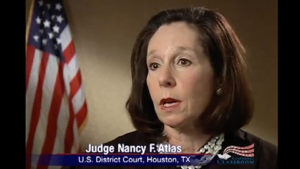
Search and Seizure: Mapp v. Ohio
In 1957, Dollree Mapp stood up to police who tried to enter her home without a search warrant. Her act of defiance led to a landmark U.S. Supreme Court ruling in Mapp v. Ohio that limited police powers. This documentary explores the Fourth Amendment case in which the Court ruled that evidence illegally obtained by police is not admissible in state courts.
Our Constitution: A Conversation with Justices Stephen Breyer and Sandra Day O’Connor
Justices Sandra Day O’Connor and Stephen G. Breyer answer questions from students about why we need a written Constitution and what it says about the Supreme Court and its rulings.
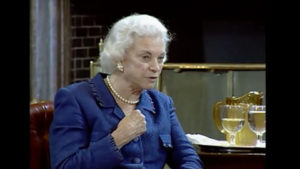
Key Constitutional Concepts
This three-part documentary discusses why and how the Constitution was created at the Constitutional Convention, explores the protection of individuals’ rights in Gideon v. Wainwright, and examines the limits of presidential power in Youngstown v. Sawyer.
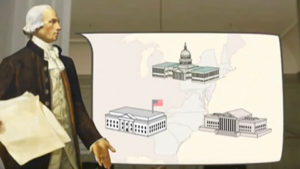
Habeas Corpus: The Guantanamo Cases
One of our oldest human rights, habeas corpus safeguards individual freedom by preventing unlawful or arbitrary imprisonment. This documentary examines habeas corpus and the separation of powers in the aftermath of the 9/11 attacks through four Guantanamo Bay cases: Hamdi v. Rumsfeld, Rasul v. Bush, Hamdan v. Rumsfeld and Boumediene v. Bush.
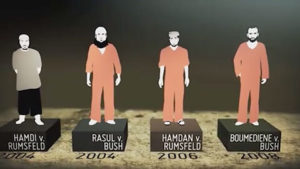
A Conversation on the Constitution with Justice Anthony Kennedy: The Importance of the Yick Wo Case
Justice Kennedy discusses the ruling in Yick Wo v. Hopkins in which the U.S. Supreme Court decided that the unequal application of a law violated the 14th Amendment.
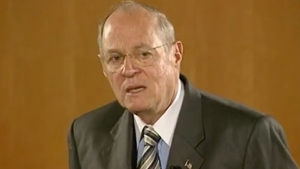
A Conversation on the Constitution with Justice Anthony Kennedy: Miranda v. Arizona
Justice Kennedy leads a discussion with students about the Miranda v. Arizona case, which established that criminal suspects must be told of their Fifth Amendment protection against self-incrimination and Sixth Amendment right to an attorney.
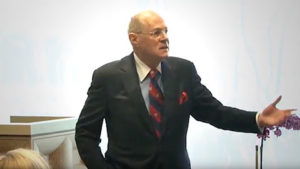
A Conversation on the Constitution with Justices Stephen Breyer, Anthony Kennedy and Sandra Day O’Connor: Judicial Independence
High school students join Justices Stephen G. Breyer, Anthony M. Kennedy and Sandra Day O’Connor to discuss why an independent judiciary is necessary.
